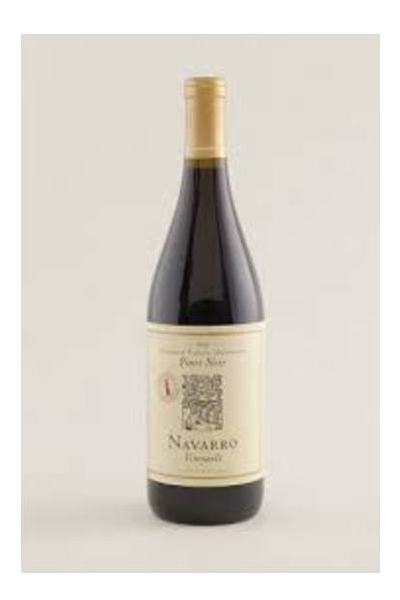Add Brand
Sign In
Close

Navarro
Are you the owner of this company?
Start your listing today – for free.
Register and add your brand description.
Products by "Navarro"

Navarro Pinot Noir
5.0

1 ratings

WikiliQ